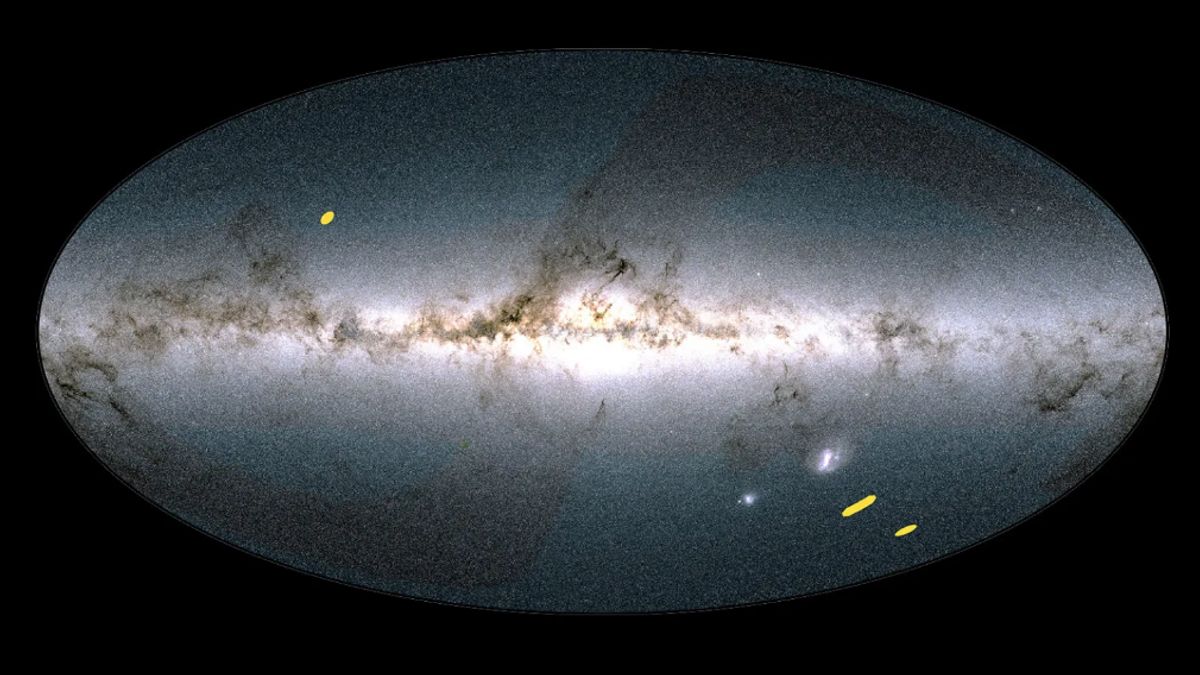JAKARTA The form of dark energy is still a mystery, but the majority of astronomers around the world believe in this hypothesis. It feels, it doesn't make sense that 70 percent of the universe is filled with voids.
The hypothesis of dark energy arose because of the big bang or big explosion theory that occurred about 13.8 billion years ago. At that time, the movement of gravity was very slow, but increased rapidly about 9 billion years after the universe formed.
This accelerating formation is believed to occur due to the boost in dark energy. Many are confident in the presence of this energy even though there is no telescope, radar, or sensor that can detect the shape or component of dark energy.
Although invisible, some scientists describe dark energy as a negative pressure that drives the space out. Many ideas accompanying this energy such as vacuum energy, essence, and a flaw in the structure of the universe.
The first idea, which calls dark energy a vacuum energy, is supported by Einstein's theory of general relativity. Scientists who believe that dark energy is a fundamental background in space call it equivalent to a cosmological constant.
This theory becomes the most popular discussion topic compared to other ideas of dark energy. There is a theory that explains that virtual particles negate each other in the universe. This action is based on the vacuum energy that fills the cosmos.
Next, some scientists call dark energy the essence. The theory explains that dark energy is a type of fluid or energy field that fills space, but its energy is opposite to normal matter.
Some scientists also argue that the essence is a combination of dark energy and dark matter, material that radiation cannot detect. Just like dark energy, dark matter is still just a hypothesis and cannot be proven.
The last theory that supports the presence of dark energy is space wrinkles. Some argue that dark energy is a flaw in the structure of the universe or similar to cosmic strings so that it looks similar to wrinkles.
Various space agencies around the world are still trying to solve the mystery of dark energy, one of which is the United States Aeronautics and Space Agency (NASA). The state agency believes that they can solve the hypothesis.
To support the understanding of dark energy, NASA and the European Space Agency (ESA) collaborated to launch the Euclidean space telescope in 2023. NASA will also launch the Nancy Grace Roman Space Telescope in 2027.
The focus of these two telescopes is the same, namely the search for dark energy. Euclidean will observe matter separated from dark energy, while Grace Roman will investigate dark energy with a field of view 100 times larger than other telescopes.
Ket. photo: Illustration of dark energy searches with Euclidean (photo: dock. NASA)
The English, Chinese, Japanese, Arabic, and French versions are automatically generated by the AI. So there may still be inaccuracies in translating, please always see Indonesian as our main language. (system supported by DigitalSiber.id)













